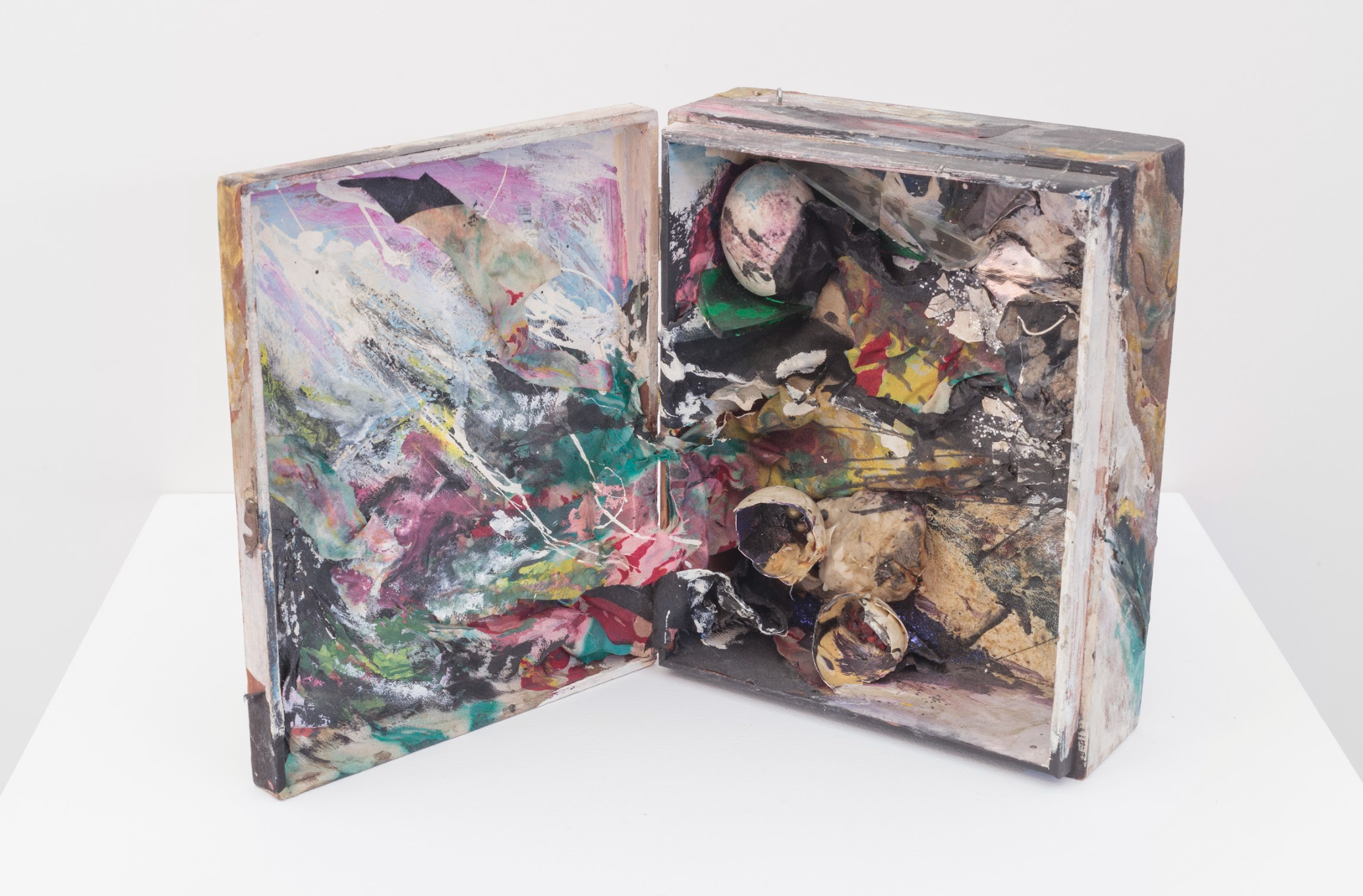New York: 1962-1964 at the Jewish Museum
Exhibition: July 22, 2022-Jan 8, 2023
New York: 1962-1964 explores a pivotal three-year period in the history of art and culture in New York City, examining how artists living and working in New York responded to their rapidly changing world, through more than 150 works of art—all made or seen in New York between 1962-1964.
Visit the Jewish Museum Website for visitor information.
New York: 1962-1964 uses the Jewish Museum’s influential role in the early 1960s New York art scene as a jumping-off point to examine how artists living and working in New York City responded to the events that marked this moment in time.
Presenting works by Diane Arbus, Lee Bontecou, Chryssa, Merce Cunningham, Jim Dine, Martha Edelheit, Melvin Edwards, Dan Flavin, Lee Friedlander, Nancy Grossman, Robert Indiana, Jasper Johns, Donald Judd, Ellsworth Kelly, Yayoi Kusama, Norman Lewis, Roy Lichtenstein, Boris Lurie, Marisol, Agnes Martin, Louise Nevelson, Isamu Noguchi, Claes Oldenburg, Yvonne Rainer, Robert Rauschenberg, Faith Ringgold, Larry Rivers, James Rosenquist, Miriam Schapiro, Carolee Schneemann, George Segal, Jack Smith, Harold Stevenson, Marjorie Strider, Mark di Suvero, Bob Thompson, and Andy Warhol, among many others, the exhibition aligns with the years of Alan Solomon’s tenure as the Jewish Museum’s influential director. Solomon organized exhibitions dedicated to what he called the “New Art,” transforming the Jewish Museum into one of the most important cultural hubs in New York.
During the timeframe explored in this exhibition, epoch-changing events—such as the Cuban Missile Crisis (1962), March on Washington for Jobs and Freedom (1963), and the assassination of President John F. Kennedy (1963)—fundamentally altered the social and political landscape of New York City, and the nation. An unprecedented economic boom broadened the array of available consumer goods, and an expanding media network introduced new voices into increasingly urgent conversations about race, class, and gender. Emerging in this context, a generation of New York-based painters, sculptors, dancers, filmmakers, and poets rose to prominence, incorporating material directly from their urban surroundings and producing works that were as rich and complex as the city itself.
In conjunction with New York: 1962-1964, the Jewish Museum is partnering with Film Forum and Film at Lincoln Center. From July 22 to August 11, Film Forum presents 1962…1963…1964, which includes 35 films that showcase a moment in movie history that saw the last gasps of the Hollywood studio system. From July 29 to August 4, Film at Lincoln Center presents New York, 1962-64: Underground and Experimental Cinema, focusing on a rich period of truly independent cinema.
This is the last project conceived and curated by Germano Celant (1940-2020), the renowned art historian, critic, and curator. The exhibition and accompanying book have been developed by Studio Celant according to Celant’s curatorial vision in close collaboration with the Jewish Museum: Claudia Gould, Helen Goldsmith Menschel Director; Darsie Alexander, Susan and Elihu Rose Chief Curator; Sam Sackeroff, Lerman-Neubauer Associate Curator; and Kristina Parsons, Leon Levy Curatorial Assistant. The exhibition is designed by Selldorf Architects. It will be accompanied by a 350-page catalogue developed by Celant and designed by Michael Rock from 2x4.